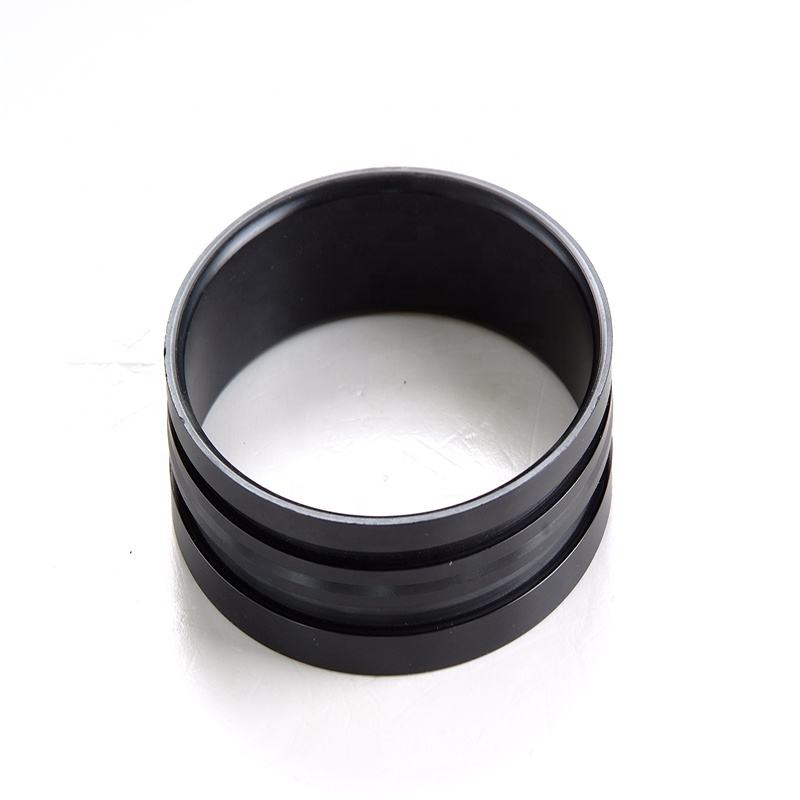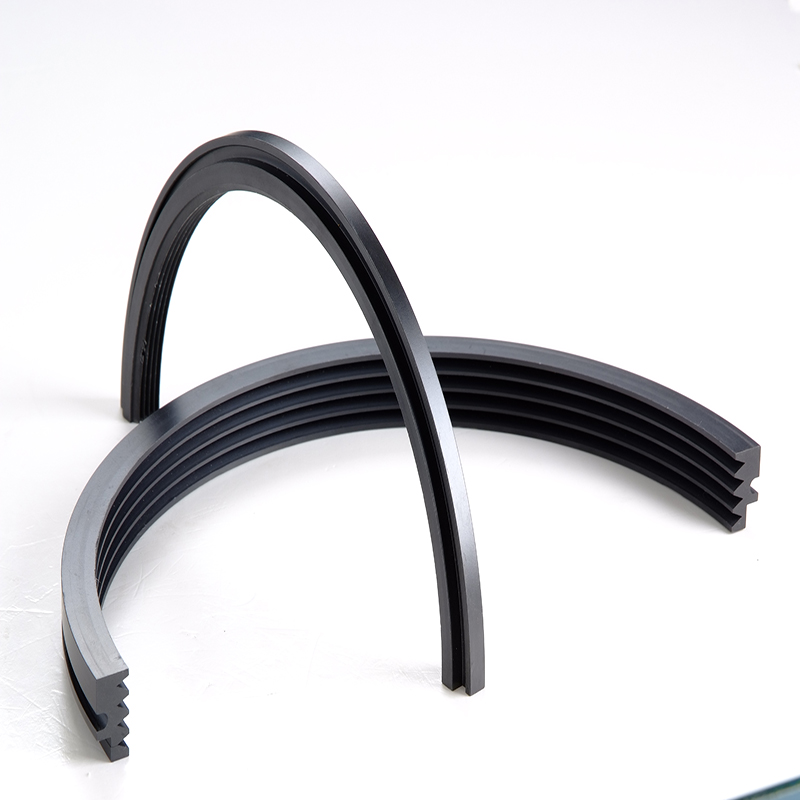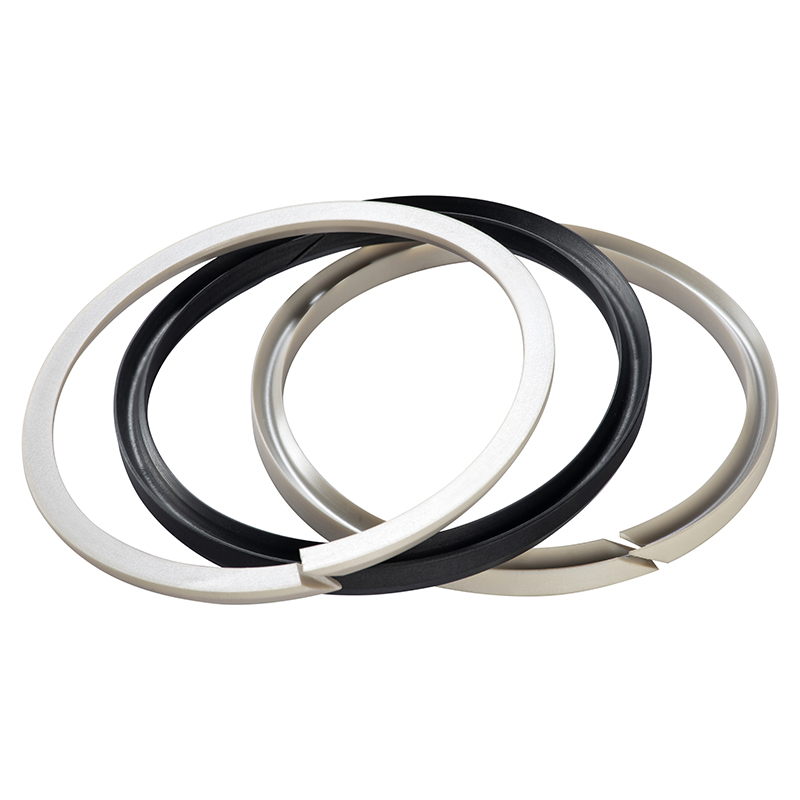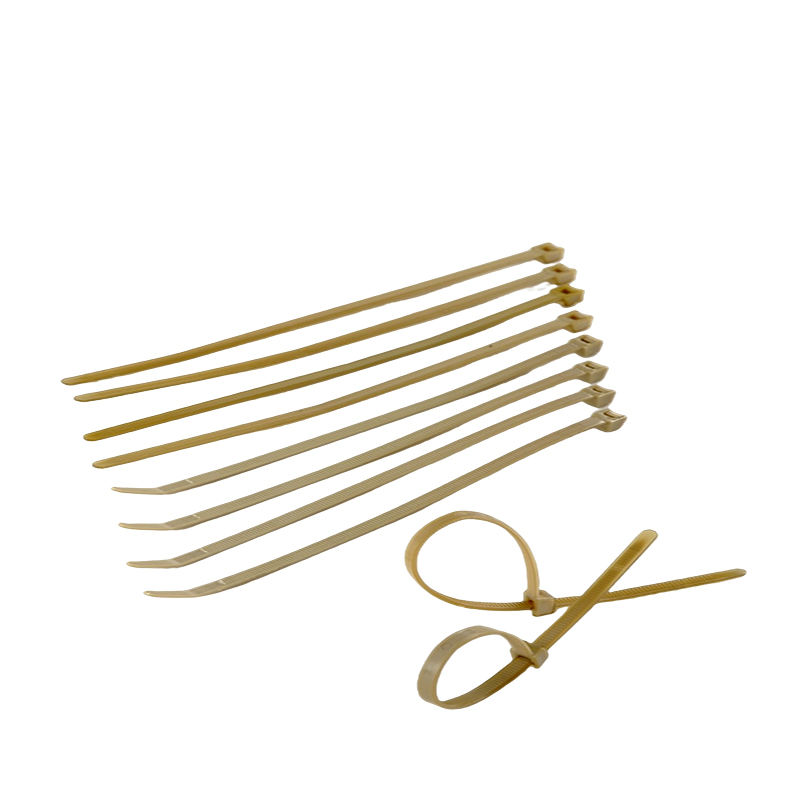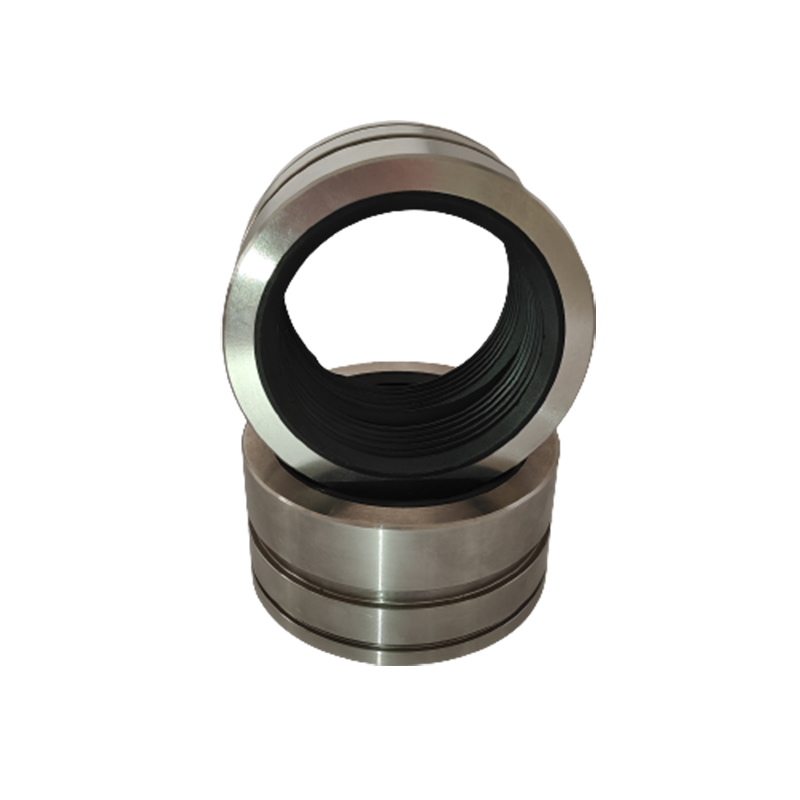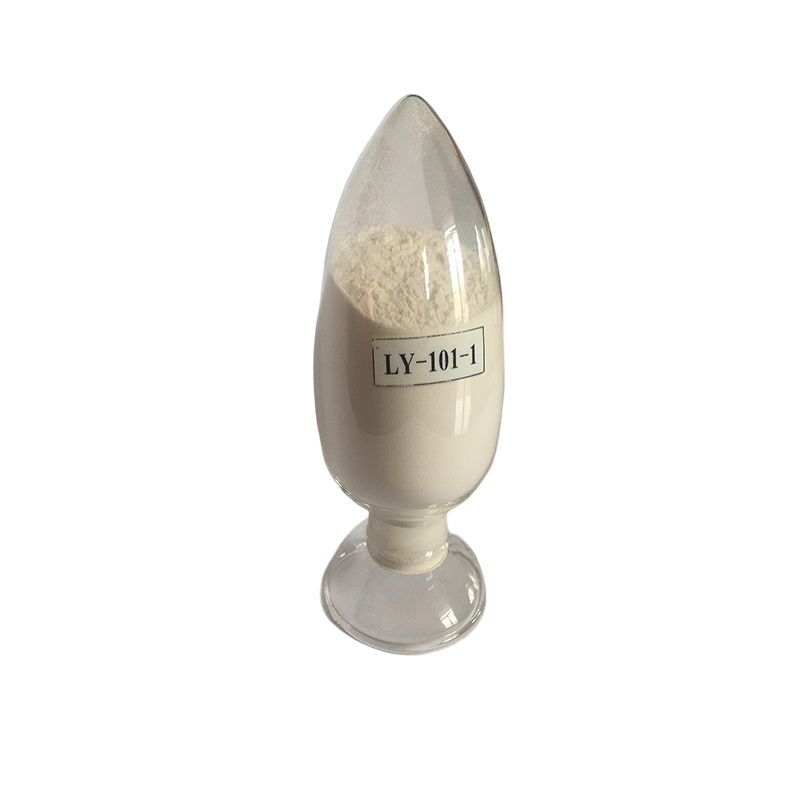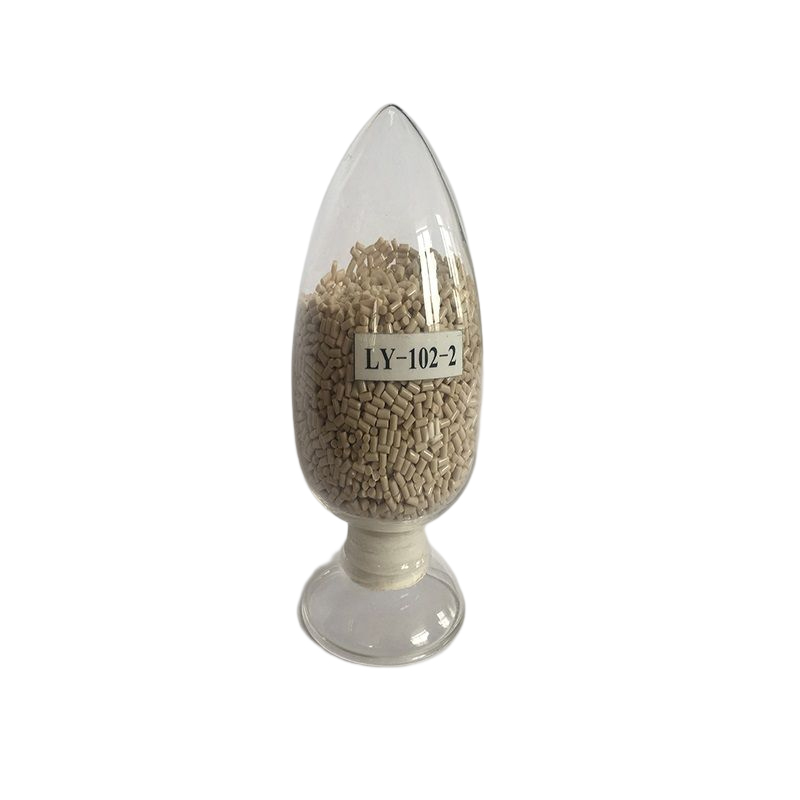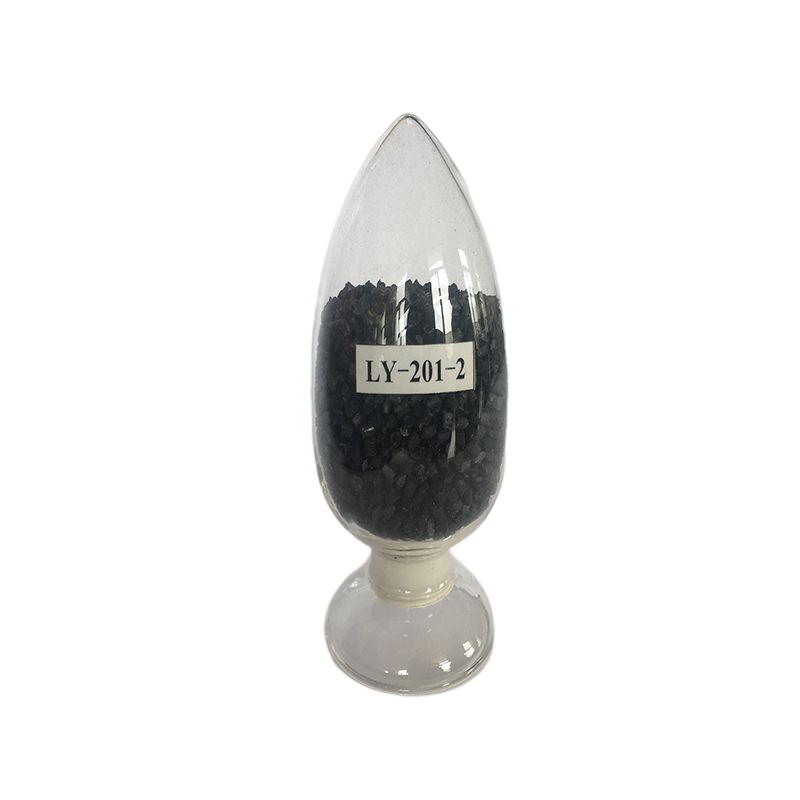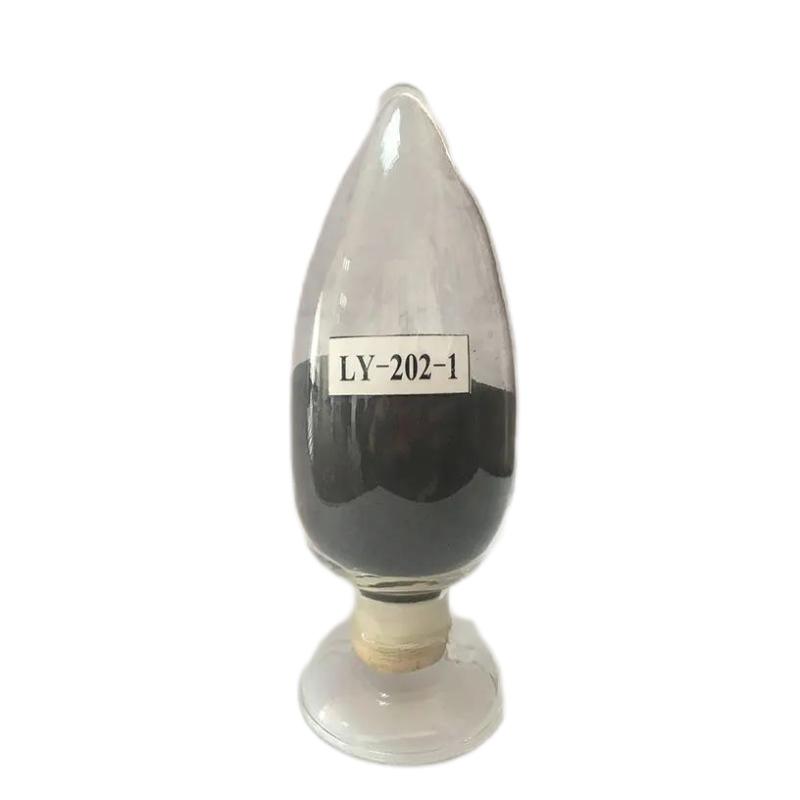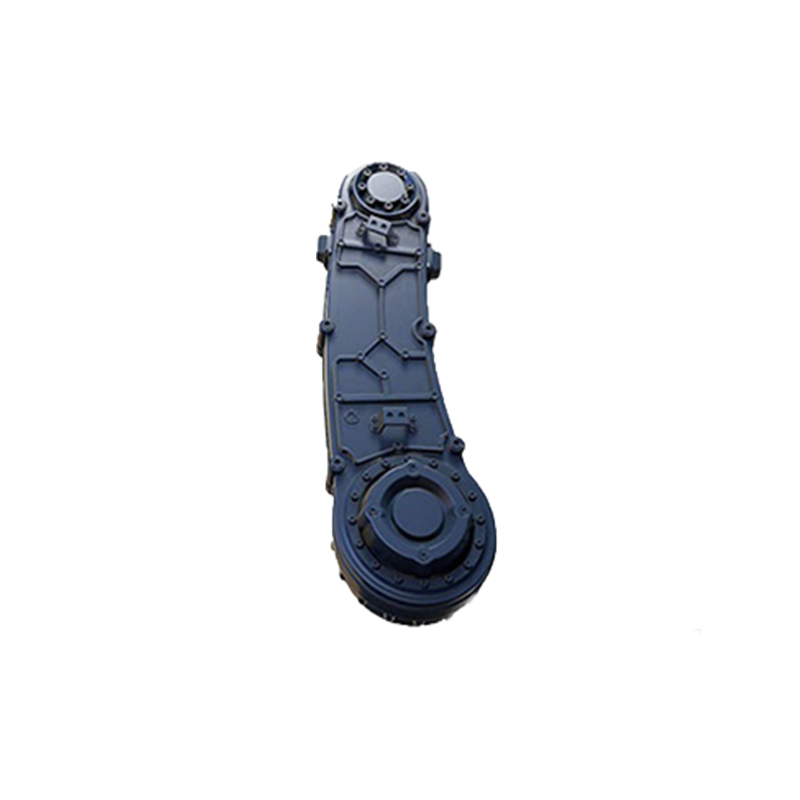Robot structural components
Application Results and Value in Robot Frameworks Optimization of Support Performance: As the core component for bearing, the robot framework needs to have sufficient strength and rigidity to support various components and transfer power. The high strength and rigidity of PEEK material ensure that the framework can stably bear the weight of the robot and effectively resist twisting and deformation during movement, guaranteeing the accuracy and stability of the robot's joint movements. Taking multi-joint industrial robots as an example, the PEEK framework can enable the robot to maintain good posture control during high-speed operation and high-precision operation. Realization of Lightweight and Efficient Movement: The lightweight PEEK framework can significantly reduce the inertia of the robot, making it more agile during startup, stopping, and turning, and having a faster response speed. This is particularly important for robots that need to perform rapid actions frequently, such as sorting robots and logistics handling robots, which can significantly increase work efficiency while reducing energy consumption and lowering operating costs. Adaptation to Complex Joint Structures: With the development of robot technology, joint structures are becoming increasingly complex, and higher adaptability requirements are imposed on materials. The good processing performance of PEEK material enables the manufacturing of framework components that perfectly fit complex joint structures, ensuring the smoothness and flexibility of joint movements. For example, in the limbs framework of humanoid robots, the PEEK material can be customized and processed according to the movement characteristics of the joints, achieving more natural and flexible imitation of movements.


